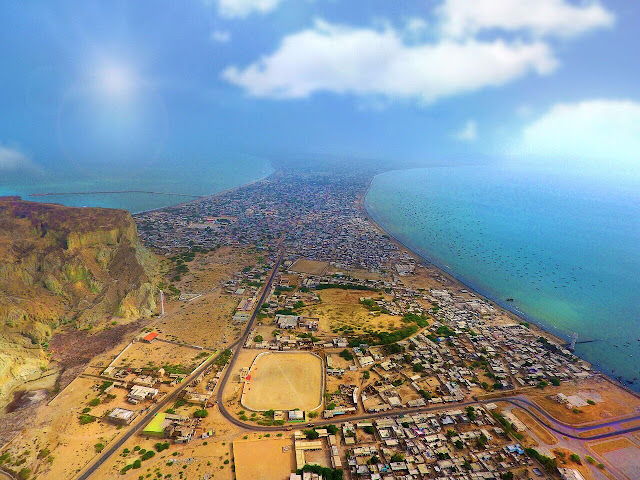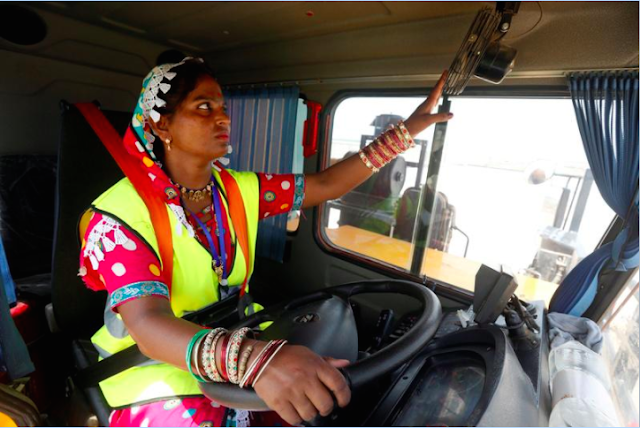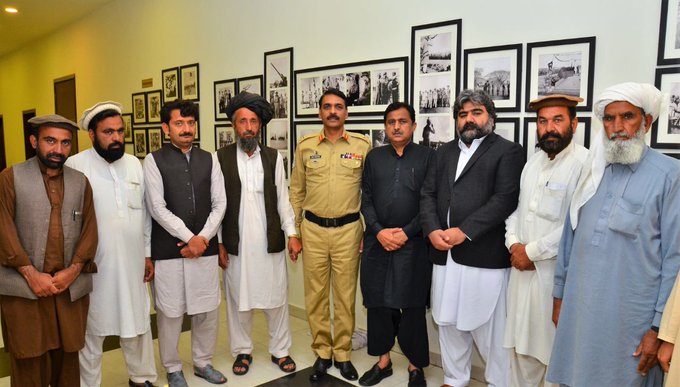Brave tribes of FATA have achieved peace & stability after lot of hardships & sacrifices. Restoration of normal life after kinetic operation is part of ‘clear-hold-build-transfer’ strategy. State including security forces is committed to rehabilitate the affected population.
Prime Minister Shahid Khaqan Abbasi and Chief of Army Staff (COAS) General Qamar Javed Bajwa made a joint visit to Miramshah in North Waziristan on Monday, where they inaugurated new markets, bus terminals and the Ghulam Khan National Logistics Cell (NLC) terminal.
Governor Iqbal Zafar Jhagra and Corps Commander Peshawar accompanied the top civil and military leaders during the visit.

“Miramshah is the gateway to Central Asia,” said the prime minister while addressing a gathering of tribal elders. “People of FATA should have access to the same facilities as enjoyed by people of Lahore and other Pakistanis.”
“Government and all political parties are serious in bringing FATA into the national mainstream,” PM Abbasi reiterated. “Work for bringing FATA into the national mainstream is seeing rapid development.”
The elders of the Utmanzai tribe urged the government to fulfill all the promises made to the affectees of Operation Zarb-e-Azb. “The government should give reasonable compensation to the affected traders, shopkeepers and house owners,” the tribal leaders maintained.
The Monday’s visit of PM Abbasi and COAS Bajwa comes a week after a jirga was held in Miranshah to discuss the prevailing issue pertaining to compensation of shopkeepers whose businesses were affected by the military operation.
According to a political agent of North Waziristan Agency (NWA), it was decided that the committee of affected shopkeepers shall make an estimate of the amount that needs to be compensated.
“The same shall be processed in the administrative chain for its speedy implementation,” he said.
The Fata additional chief secretary, PA, Assistant PA, Anjuman Tajiran Pakistan President Ajmal Baloch, NWA GOC, civil and military officials, and the Director General of Inter Services Public Relations (ISPR) Major General Asif Ghafoor attended the jirga.
The military spokesman said there exists no issue that cannot be resolved through talks. He added that residents of the tribal areas had joined hands with the forces to make great sacrifices for the establishment of peace, adding that operations conducted by the armed forces had eliminated terrorism.
“The resolution of problems faced by citizens is the first priority of the state,” said Major-General Gahfoor while stressing that he would not let the country’s peace be put at stake by enemies of the state.
Many residents were forced to flee their homes while Pakistani forces battled militants in the Federally Administered Tribal Areas (FATA), starting in June 2014, when the army launched Operation Zarb-e-Azb.
However, after years of living as temporarily displaced persons, they have now returned home to a peaceful North Waziristan, free from militants, weapons and fear.







You need to be a member of PakAlumni Worldwide: The Global Social Network to add comments!
Join PakAlumni Worldwide: The Global Social Network